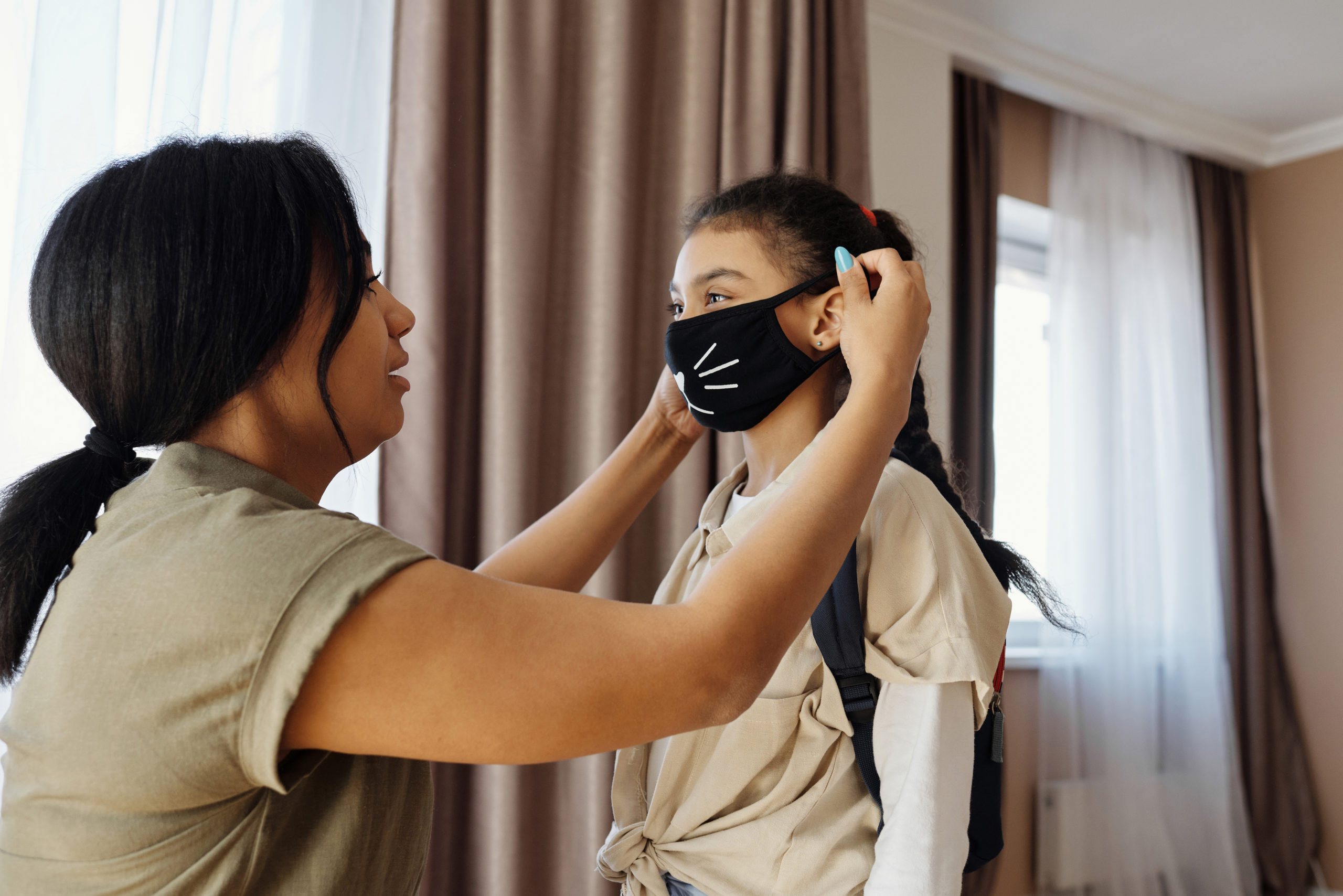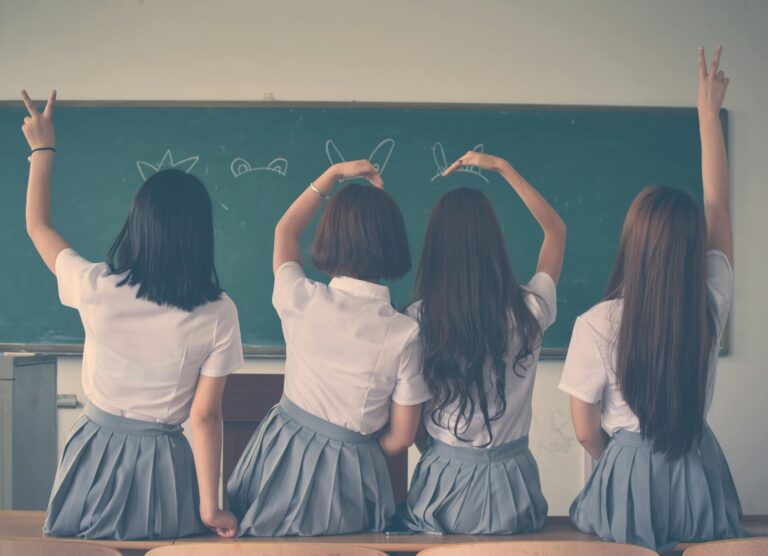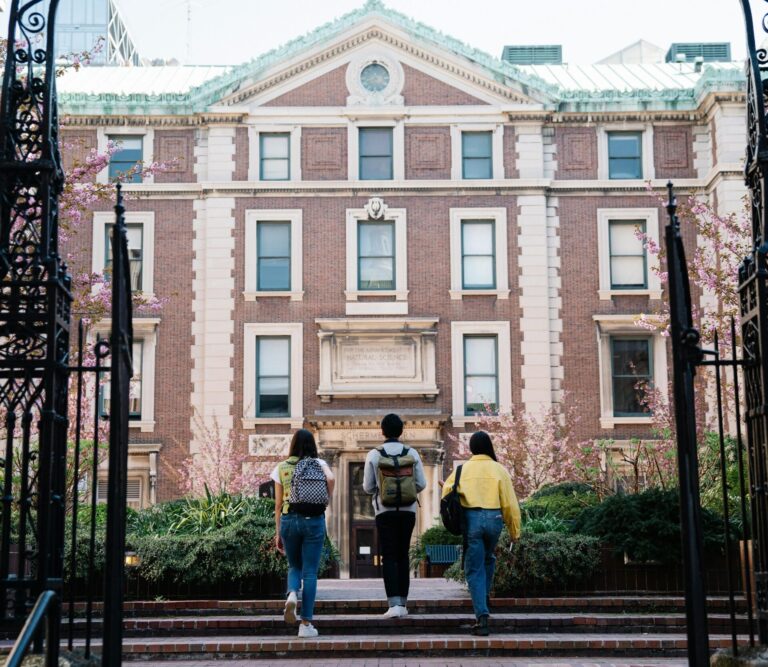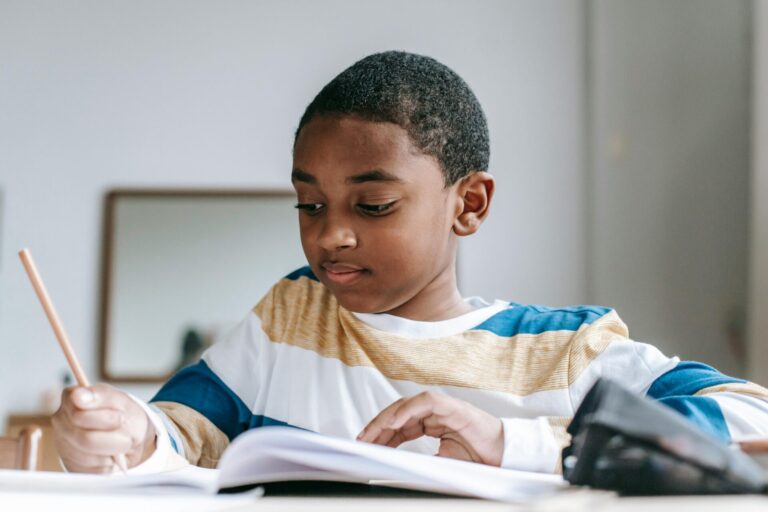All over the country, school districts are debating the massive decision they have to make for this fall: to reopen, or not to reopen? Some areas have made the decision to resume in-person classes, while others have opted to continue virtual classes for the foreseeable future. In some areas, parents are deciding right now if their child will be in a classroom on the first day of school, or if they’ll be planted at the dining room table. One thing that’s often missing in debates, however, is a truly realistic picture of what in-person learning would look like.
Recently, a post that had gone viral on Facebook caught my eye. It was written by Casandra Fox, an educator with 16 years of classroom experience, who spoke about the “false dichotomy” of the reopening debate. In her view, debaters were too commonly comparing remote, virtual learning to normal, in-person learning, which she says is not the comparison that needs to be made at all. In reality, she writes, “face to face instruction is NOT what is on the table for next year. What is currently being evaluated and planned for is more accurately described as socially distanced education.”
As you can imagine, socially distanced education doesn’t look much like the in-person learning students and teachers are used to, and there are plenty of major drawbacks to it that aren’t being given much attention. Fox says that two of the biggest examples of these drawbacks are proximity and group work.
First, let’s talk proximity. Obviously, there needs to be about six feet of distance between teachers and students at all times. What happens in full classes, where there isn’t physically enough space in the room to spread out this much? What about classrooms that use large tables, rather than individual desks? Will class sizes be reduced, or new furniture be supplied in these cases? Masks will hide facial expressions and muffle voices, inevitably making a teacher’s overall in-person delivery suffer. In general, required distance and facial coverings may make their teaching less dynamic and interactive, through no fault of their own.
Next, Fox discusses small group instruction, which she says will be impossible in a socially distanced classroom. Class may once have looked like a performer in front of an audience, but that’s not what it looks like now. “School is now a place where we attempt to facilitate questioning, discovery, critical thinking, corroboration, and innovation, Fox explains. “And we do this using project based learning, conferencing, and other strategies that utilize small subgroups within the class breaking out to complete the tasks that best meet their specific educational needs and/or interests.” And all of that, for the most part, is out the window or severely hampered in this socially-distanced world.
Another major issue revolves around classroom materials and supplies. In many schools, students are expected to share supplies. If students can’t share, they’ll need their own set of supplies. Will they be expected to purchase everything themselves? Will teachers? Will inadequate ventilation issues in older buildings be addressed? Will classrooms continuously be stocked with disinfectant wipes and masks? With most schools facing budget cuts and layoffs, it seems unlikely that every classroom and student will have what they need. Speaking of masks… will teachers spend half their time doing mask checks and reprimanding students for wearing theirs improperly?
The various potential solutions for some of these issues – like pre-recorded and maskless lectures, giving personalized feedback through computer programs, having individual supplies for every student – wind up making in-person class look… well, a whole lot like virtual learning. The big debate between virtual learning and in-person learning hasn’t been entirely accurate, because the new safety precautions and resulting adjustments make in-person learning much, much different than what it was like just a year ago.
Another massive issue we need to start discussing? The fact that we’re simply asking teachers to do too much, with too little support. In many school districts, students can choose between in-person or online learning. In some, they can even choose a hybrid model. In other words, we’re telling teachers to create a curriculum that can be taught virtually and in-person, and to master the various tools that they’ll need to seamlessly transition from one to the other. When entire classes inevitably are sent home to quarantine throughout the school year, teachers will need to be able to quickly adjust their plans.
Instead of planning for multiple models – especially when we all know things will need to be done remotely at times – why are we not instead setting teachers up for success with full-time, across the board online learning? Instead of forcing teachers to do twice the amount of work, while asking both teachers and students to risk their health in the name of a dangerous reopening experiment, let’s live in reality. Let’s give them the tools (like technology and professional development) to create a successful and effective remote learning experience for their students.
We understand that to make full-time remote learning a reality, plenty of other things need to happen. Instead of advocating for teachers to risk it all for the sake of “normal life” resuming, let’s start pushing for financial support that will allow workers to stay home with their families. Start advocating for equal access to technology, so students in underfunded areas have the ability to do virtual learning successfully. Base plans and decisions in science and expert advice, instead of putting millions of teachers and children in jeopardy.
Fox finishes her post with a point that I believe is really crucial for parents and students to remember as the school year approaches. Remember back in the spring, when schools were closed down and students were switched to virtual learning overnight? She explains that the resulting situation was not actually remote schooling, but rather “crisis schooling,” a term coined by Sarah Mulhern Gross. Teachers had no time to prepare, no long-term plan, and very little support. The remote education that students will receive next fall is not the same education they received in a pinch this spring – that is, as long as teachers are allowed to funnel their time, energy, and available resources into remote education, instead of this debate.
We all miss life as we knew it. No decision is easy, and there is no ultimate scenario that will please 100% of teachers, students, and parents. After all, we are in the middle of a pandemic and there is nothing easy about that. But one thing is clear: in-person schooling will not look like it did before, and its serious health risks outweigh any potential benefits. As Jillian Starr, a second grade teacher, wisely asked, “Why are school boards meeting virtually to discuss opening schools in person?”
Instead of pushing for an idealistic reopening, let’s channel our energy into supporting and advocating for our educators and families. Oh, and wash your hands, wear your masks, and stay home whenever you possibly can.





